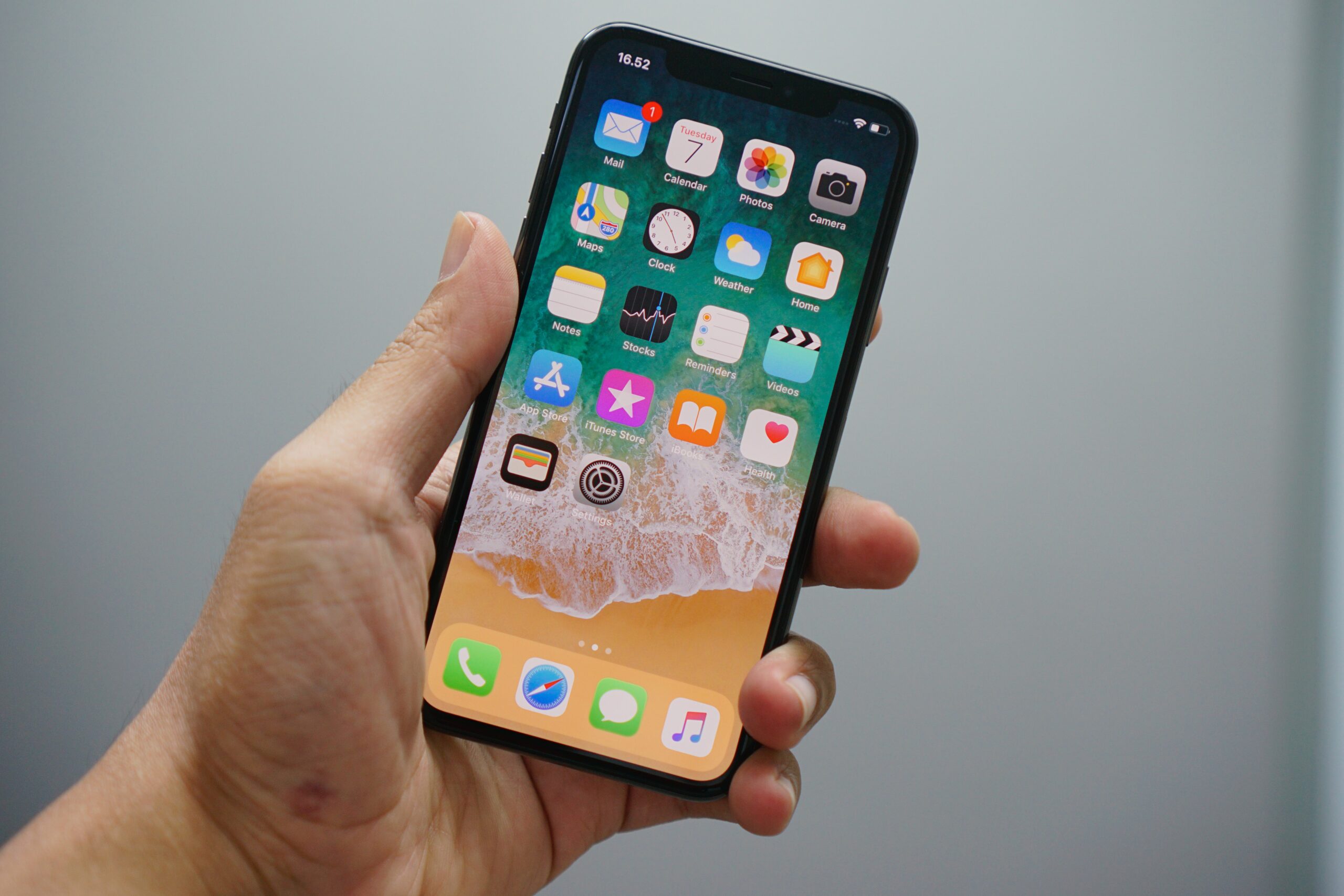Understanding Human-Centered Design: Innovative Innovation
Human-Centered Design (HCD) is a major shift in the way products, services, and systems are created. It places human needs, behaviors, and experiences at the forefront of the design process to address real problems and create meaningful solutions. With an iterative design process that focuses on gaining a profound understanding of the people for whom a product or service is being developed, typically referred to as users, HCD involves observing, engaging, and empathizing the real people who make up the target audience to uncover their needs, desires, challenges, and behaviors. The primary goal is to create solutions and new products that cater to these insights, enhancing usability, functionality, and overall user experience.
The primary principles of user-centered design:
1. User empathy: Understanding the user’s needs, desires, and limitations through immersive research and observation.
2. Iterative process: Continuous refinement and improvement through repeated cycles of prototyping, testing, and feedback.
3. Collaborative approach: Involving multidisciplinary teams to bring diverse perspectives and expertise to the design process.
4. Focus on user experience: Prioritizing the creation of products or services that are intuitive, accessible, enjoyable, and solve for customer needs.
5. Iterative feedback loop: Incorporating user feedback at every stage to refine and enhance product development.
The phases of the user-centric design process:
1. Empathize:
The first step in the HCD approach is to immerse oneself in the users’ world to gain a comprehensive understanding of their perspectives, needs, challenges, and aspirations, a form of deep empathy.
This stage relies on various research methods, including:
– User research: Conducting interviews, surveys, market research, and observations to gather qualitative and quantitative data.
– Empathy mapping: Creating personas and empathy maps to visualize and understand user behaviors, emotions, and pain points.
– Journey Mapping: Charting the user journey to identify pain points and areas for improvement.
2. Define:
After gathering insights from the empathize phase, the next step is to synthesize the data and define the core problems and needs of the users.
This stage involves:
– Analyzing data: Sorting through the collected data to identify patterns, pain points, and opportunities for innovation.
– Creating problem statements: Formulating clear and concise problem statements that encapsulate the complex problems and challenges faced by users.
– Establishing design criteria: Setting the criteria that will guide the development of solutions by the design team while keeping user needs central within the development process.
3. Ideate:
In the ideation phase, multidisciplinary teams collaborate to brainstorm innovative solutions to the defined problems.
Techniques used during this phase include:
– Brainstorming Sessions: Product teams generate a wide range of ideas without judgment or constraint.
– Prototyping: Creating rough, low-fidelity prototypes to visualize and communicate potential solutions.
– Storyboarding and sketching: This part of the creative process involves visualizing ideas through visual means like storyboards, sketches, or diagrams to articulate potential solutions.
4. Prototype:
Prototyping involves transforming conceptual ideas into tangible representations that can be tested and refined. Prototypes can range from simple sketches to more sophisticated mock-ups or models.
Key elements of this phase include:
– Building prototypes: Developing prototypes that simulate the core functionalities or experiences of the proposed solutions or final product.
– Iterative development: Embracing an iterative approach to refine and improve prototypes based on feedback.
– Usability testing: Conducting user testing to gather feedback on prototypes and identify areas for enhancement.
5. Test:
The testing phase involves putting the prototypes into the hands of users to evaluate their effectiveness, usability, and desirability.
This stage involves:
– Collecting user feedback: Soliciting user feedback through observations, focus groups, interviews, surveys, or usability tests.
– Iterating based on feedback: Using data-driven user insights to refine and iterate on the prototypes, addressing identified issues or shortcomings.
– Validation and iteration: Validating solutions through multiple iterations, ensuring they meet user needs and expectations.
6. Implement:
After refining the prototypes based on user feedback, the final step involves implementing the solutions into the real-world context.
This phase may include:
– Development and production: Transitioning from prototype to a fully developed product or service.
– Launch and deployment: Introducing the solution to the market or implementing it within the intended environment.
– Monitoring and iteration: Continuously monitoring user interactions and feedback to make iterative improvements post-launch.
The user-centric design process is not linear; it is iterative and cyclical, allowing for continuous refinement and improvement based on user feedback and evolving needs. By centering design efforts around users, this form of innovation creates solutions that are not simply functional but also resonate deeply with the intended users, ultimately leading to impactful and meaningful innovations.
Real-world examples of human-centric design:
1. Apple Inc.:
Apple’s success is often attributed to its dedication to human-centered design principles. The development of the iPhone is a prime example. Apple designers and engineers focused on simplicity, intuitiveness, and an emotional connection with users. The exceptionally designed user interface, that everyone from a toddler to an elder can use, revolutionized the smartphone industry. The iterative design process employed at Apple involved continuous refinement based on user feedback, resulting in a device that seamlessly integrated into users’ lives.
2. IDEO and the Redesign of Shopping Cart:
IDEO, a renowned design firm, took on the challenge of redesigning the traditional shopping cart. They immersed themselves in the shopping experience from beginning to end, observing customers and their frustrations. By empathizing with users, IDEO’s team realized that the issue wasn’t just about cart functionality but the entire shopping journey. They created a new cart that offered better maneuverability, modular compartments, and an improved overall shopping experience, addressing the real needs of both shoppers and store owners.
3. Airbnb:
Airbnb disrupted the hospitality industry by embracing human-centered design. The founders, Brian Chesky and Joe Gebbia started by renting out air mattresses in their apartment to address a shortage of accommodations during conferences. Understanding travelers’ need for affordable yet personalized lodging experiences, they built a platform that emphasized authentic connections and unique stays. Airbnb’s massive success stems from its focus on user experiences and ease of use, enabling travelers to feel at home anywhere in the world.
4. Designing for Disability by Open Style Lab:
Open Style Lab, a nonprofit organization, embodies the essence of human-centered design by creating fashionable and functional clothing for individuals with disabilities. Through collaborative efforts involving designers, engineers, and occupational therapists, they design adaptive clothing that meets both style and functional requirements for all human beings. Their approach involves direct engagement with the end-users, ensuring that the designs cater to diverse needs and preferences.
5. Healthcare Redesign at Mayo Clinic:
Mayo Clinic applied people-centered design principles to improve healthcare services. By understanding patients’ perspectives and pain points, they redesigned the patient experience, from appointment scheduling to the layout of waiting rooms. Mayo Clinic’s patient-centered approach resulted in increased patient satisfaction, reduced wait times, and an overall improvement of healthcare delivery for patients.
6. Designing for Financial Inclusion: M-Pesa
M-Pesa, a mobile money service launched in Kenya in 2007, is a prime example of Human-Centered Design revolutionizing financial services. Understanding the challenges faced by individuals with limited access to banking services, Vodafone and Safaricom designed M-Pesa to enable users to transfer money via simple text messages. By focusing on accessibility and ease of use, especially for individuals in remote areas, M-Pesa transformed financial inclusion by providing a secure and convenient way to handle money transactions without the need for a traditional bank account.
7. User-Centric Design in Automobiles: Tesla Model S
Tesla is widely known for its user-centric approach to designing electric vehicles. The Tesla Model S, for instance, embodies HCD principles by prioritizing user experience and sustainability. Its sleek design, intuitive interface, and emphasis on cutting-edge technology make driving an electric vehicle not only environmentally friendly but also enjoyable and convenient. Tesla continuously refines its designs based on user feedback, incorporating features like over-the-air software updates, autopilot, and advanced safety features to enhance the driving experience.
8. Designing for Inclusive Gaming: Microsoft Xbox Adaptive Controller
Microsoft’s Xbox Adaptive Controller is a breakthrough in designing for inclusivity in gaming. Recognizing the barriers faced by gamers with limited mobility, Microsoft developed a controller that allows for extensive customization and adaptation. It features large programmable buttons and ports for external switches, joysticks, and other accessories, enabling gamers with diverse mobility needs to create personalized setups that suit their abilities, using a human-centered design process to make gaming more inclusive and enjoyable for everyone.
These examples illustrate how human-centered Design transcends industries, from finance and healthcare to technology. There is transformative potential in addressing real-world challenges and enhancing experiences for diverse user groups by adopting a human-centered design approach. Through empathy-driven innovation, you can make substantial strides in improving accessibility, usability, and overall quality of life for users worldwide. Human-Centered Design is no longer simply a design methodology, it has become an enacted philosophy that drives innovation across various industries. By placing human needs and experiences at the core of the design process, HCD enables the creation of products, services, and systems that genuinely resonate with users. The real-world examples mentioned above demonstrate the transformative power of empathetic design thinking, shaping a future where innovation is rooted in understanding, empathy, and a genuine desire to make a meaningful impact on people’s lives.
How can you take a human-centered approach in your industry? Have you connected with real users lately? Embrace this approach and you can help create a future where innovation is rooted in understanding, empathy, and a genuine commitment to enriching the lives of people worldwide through the creation of products and experiences that truly resonate with and serve the diverse needs of humanity.

